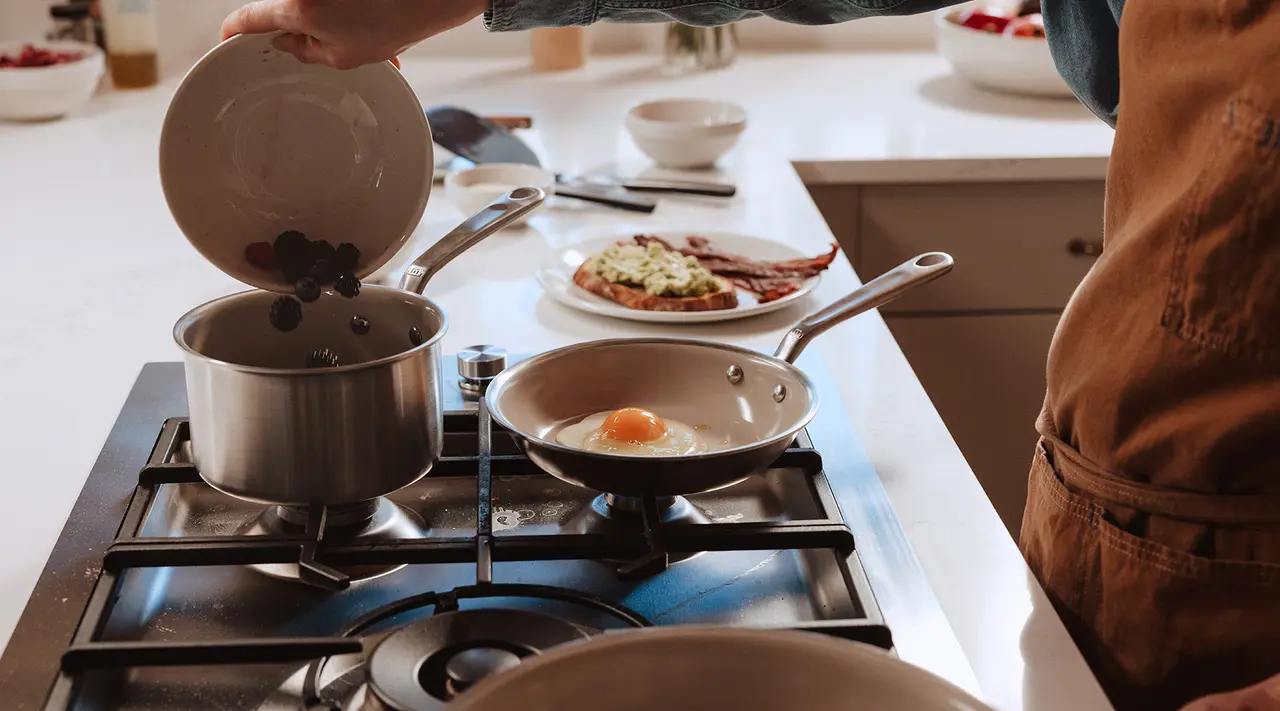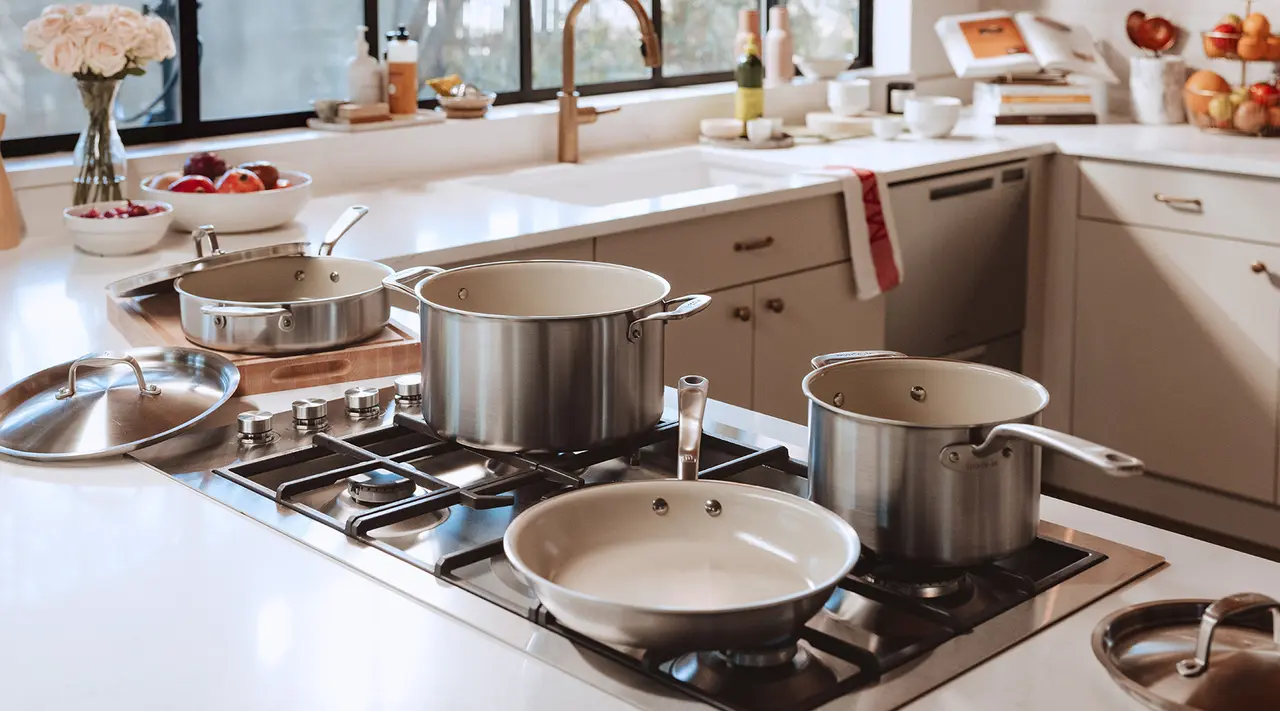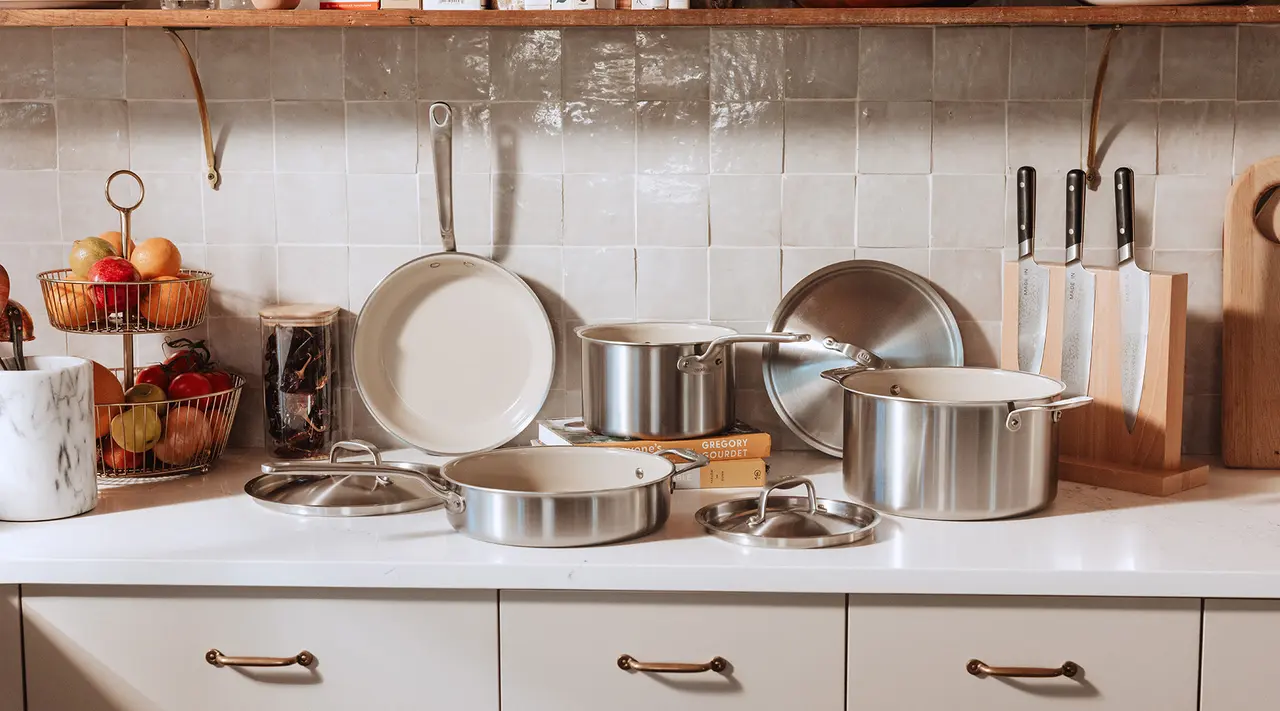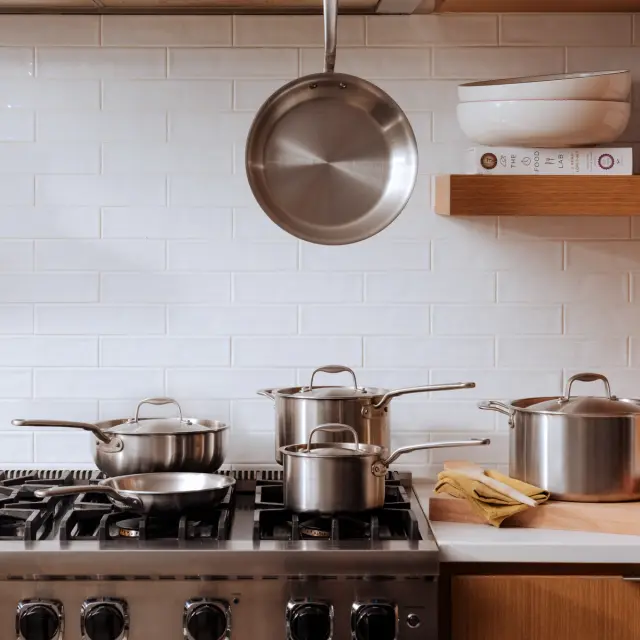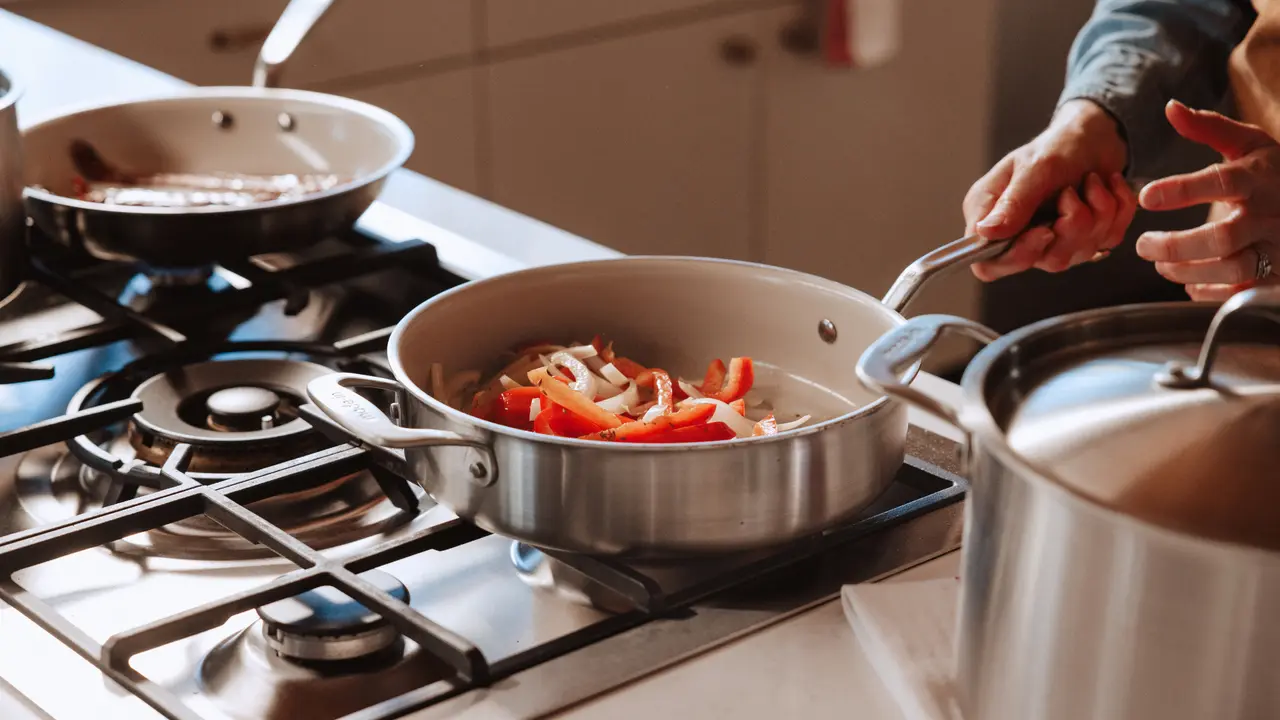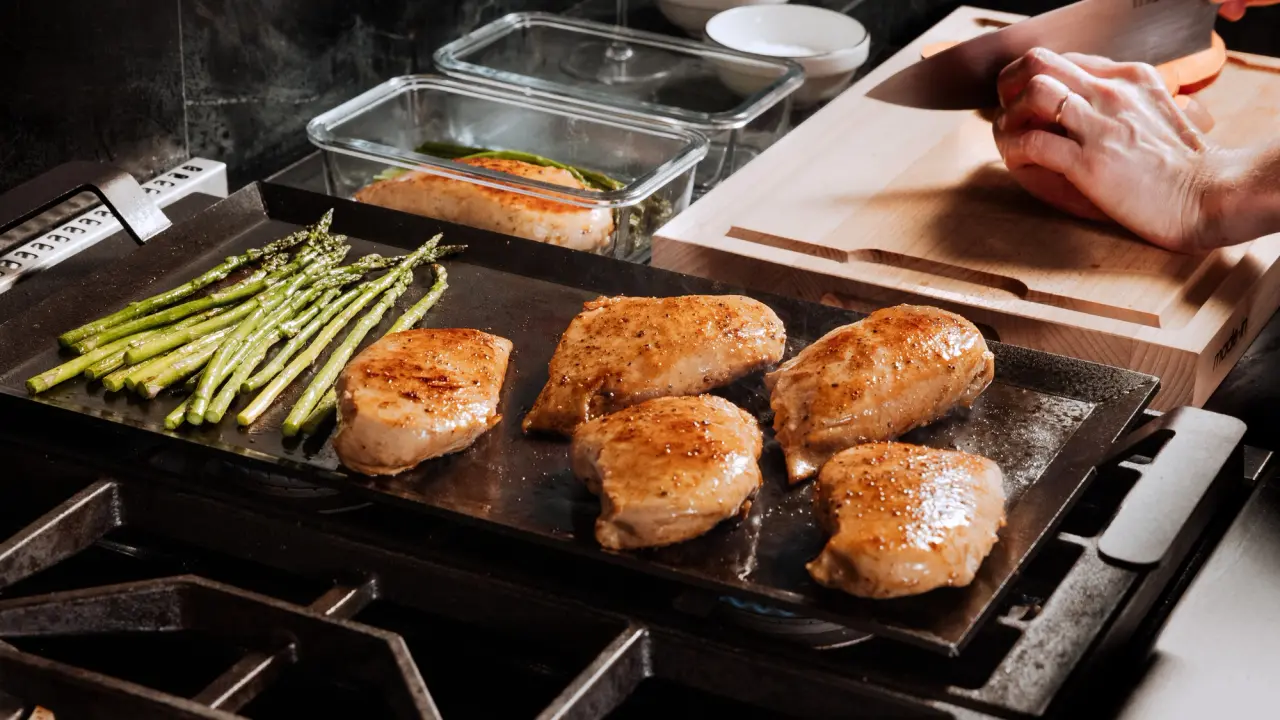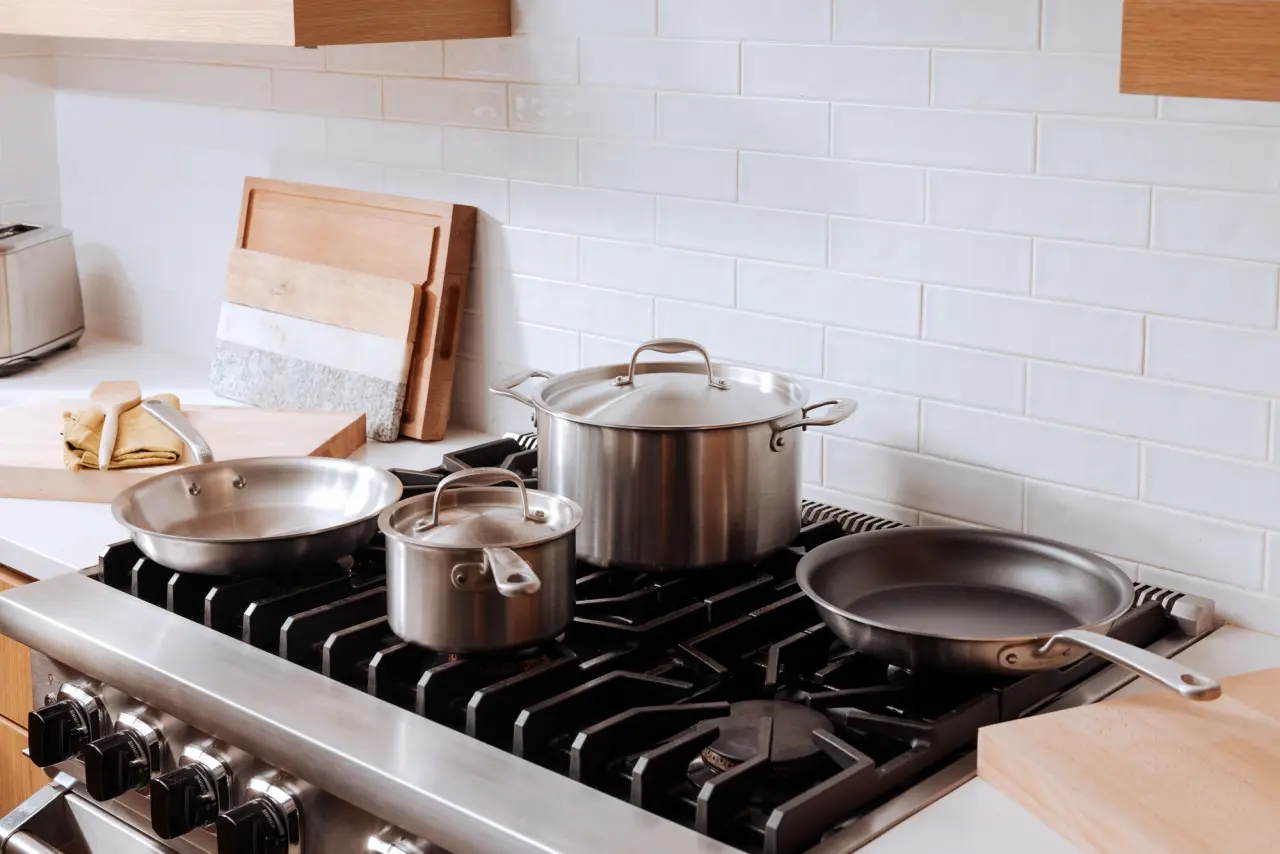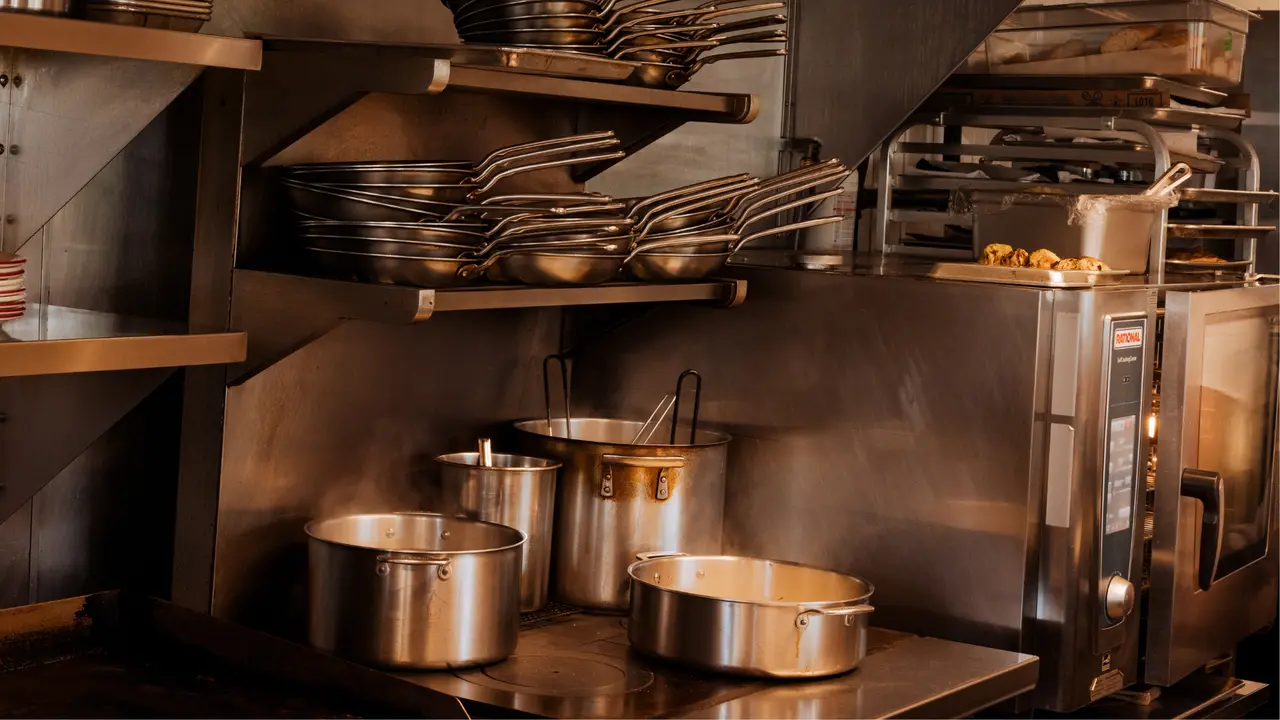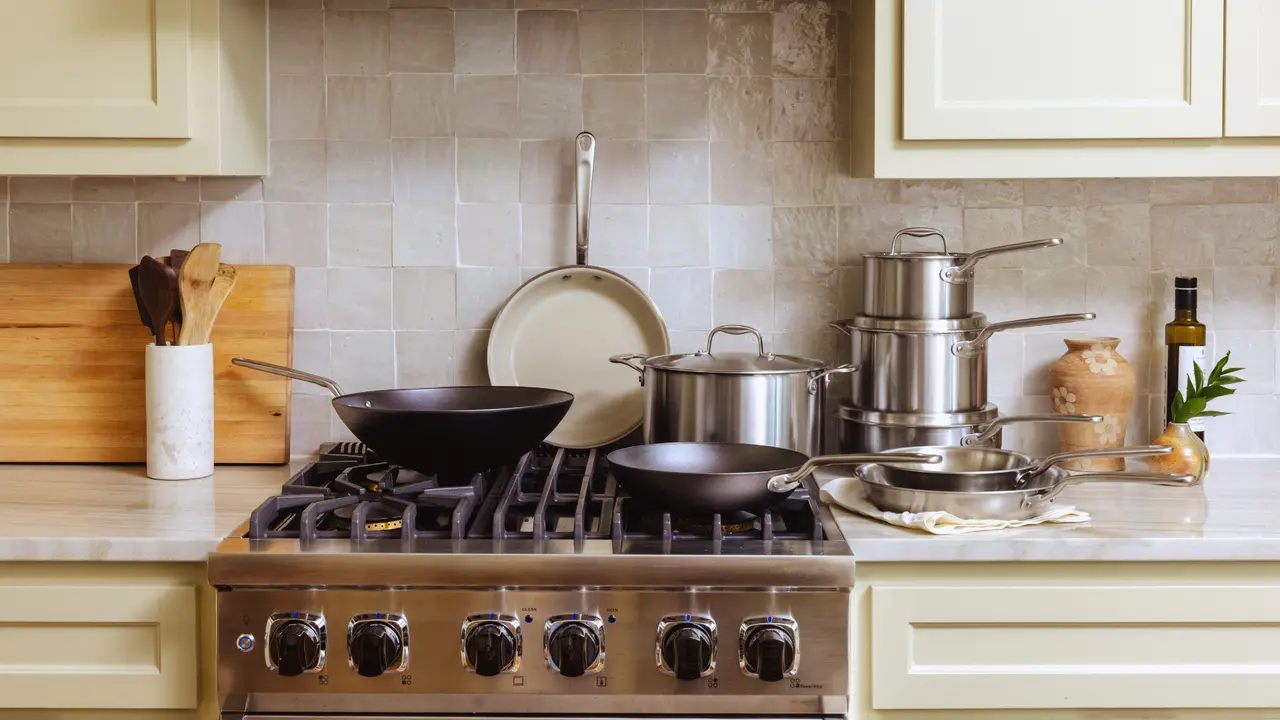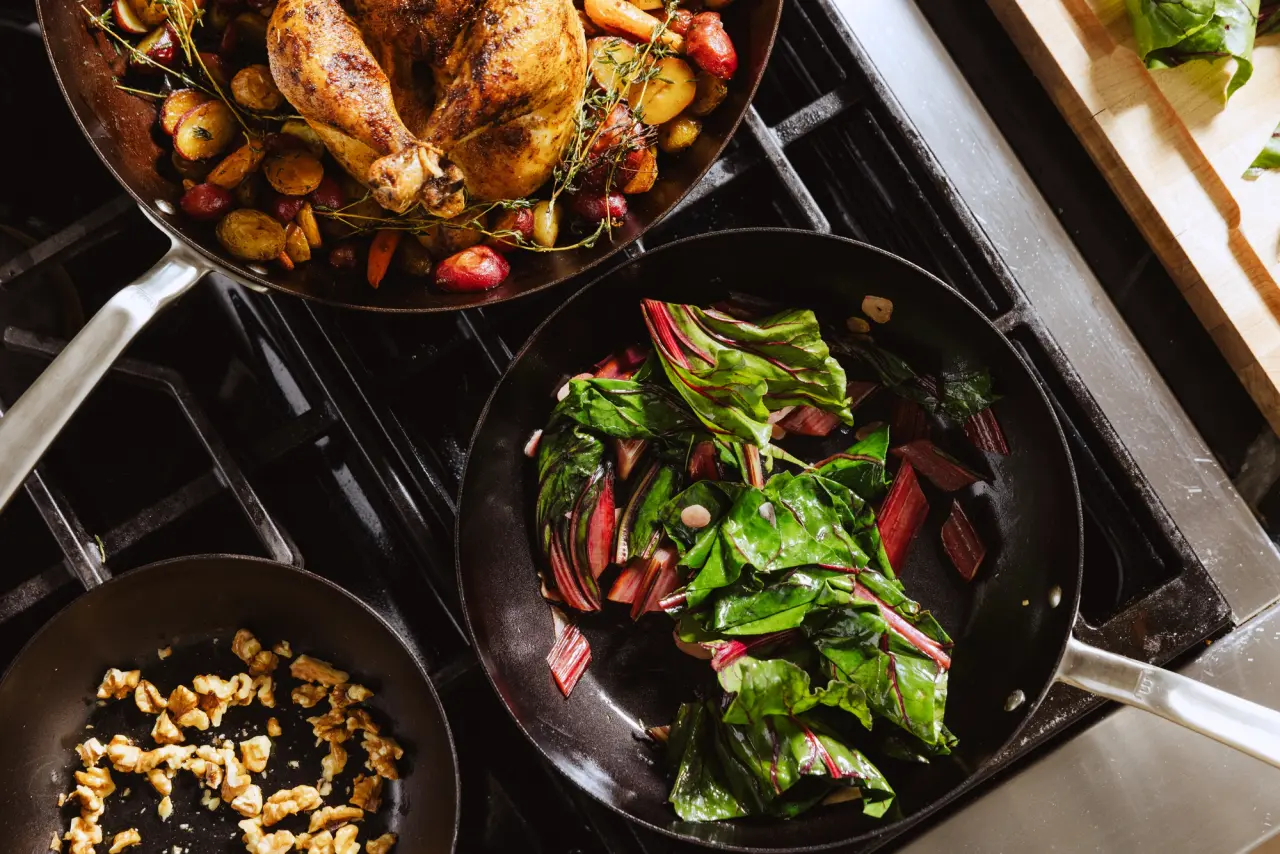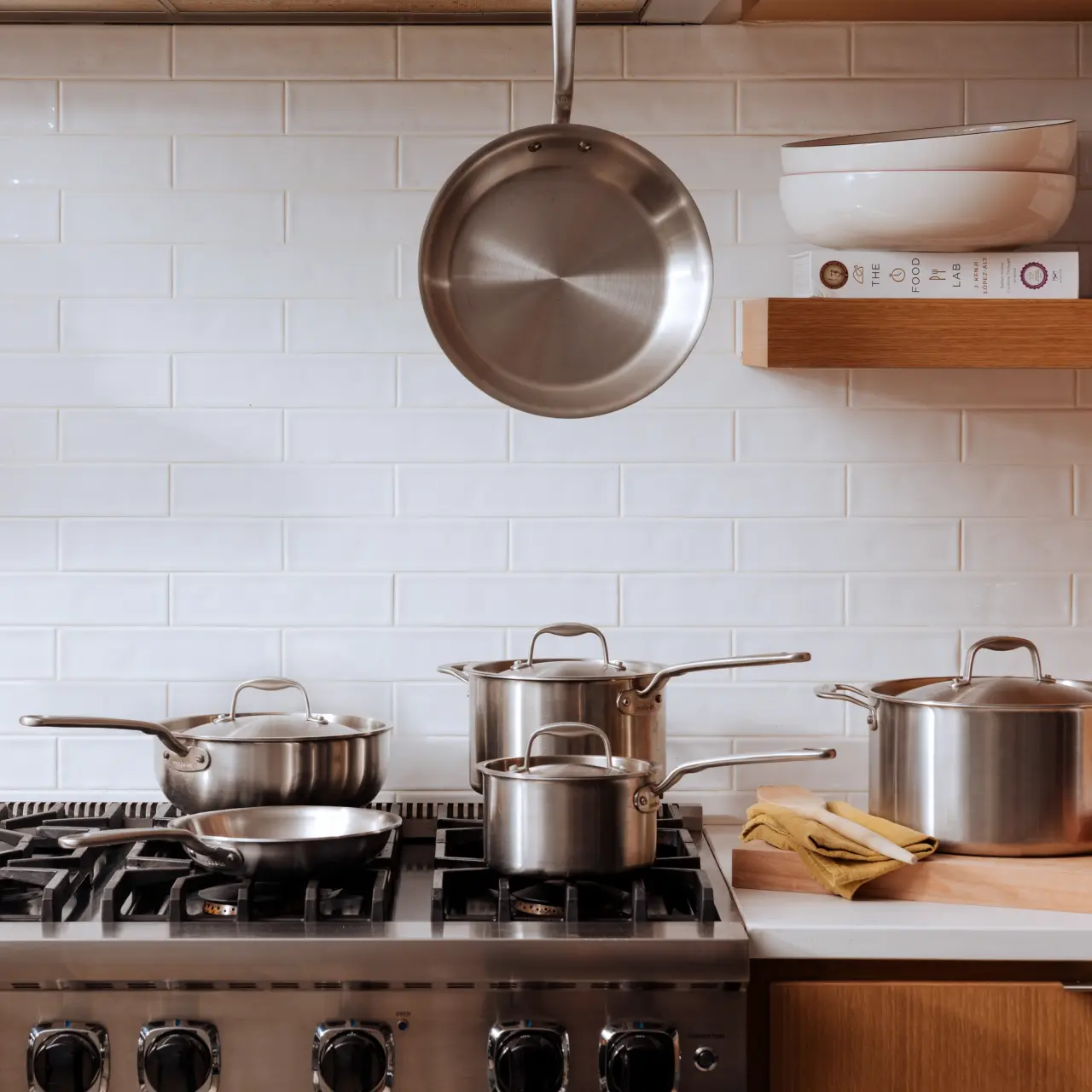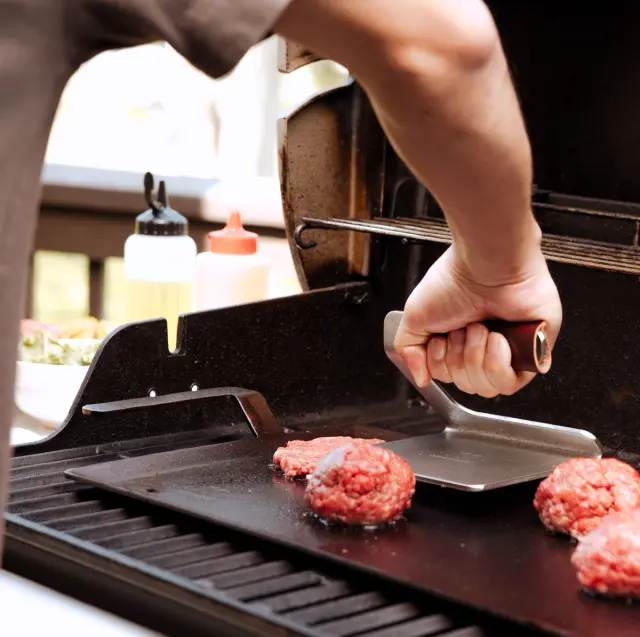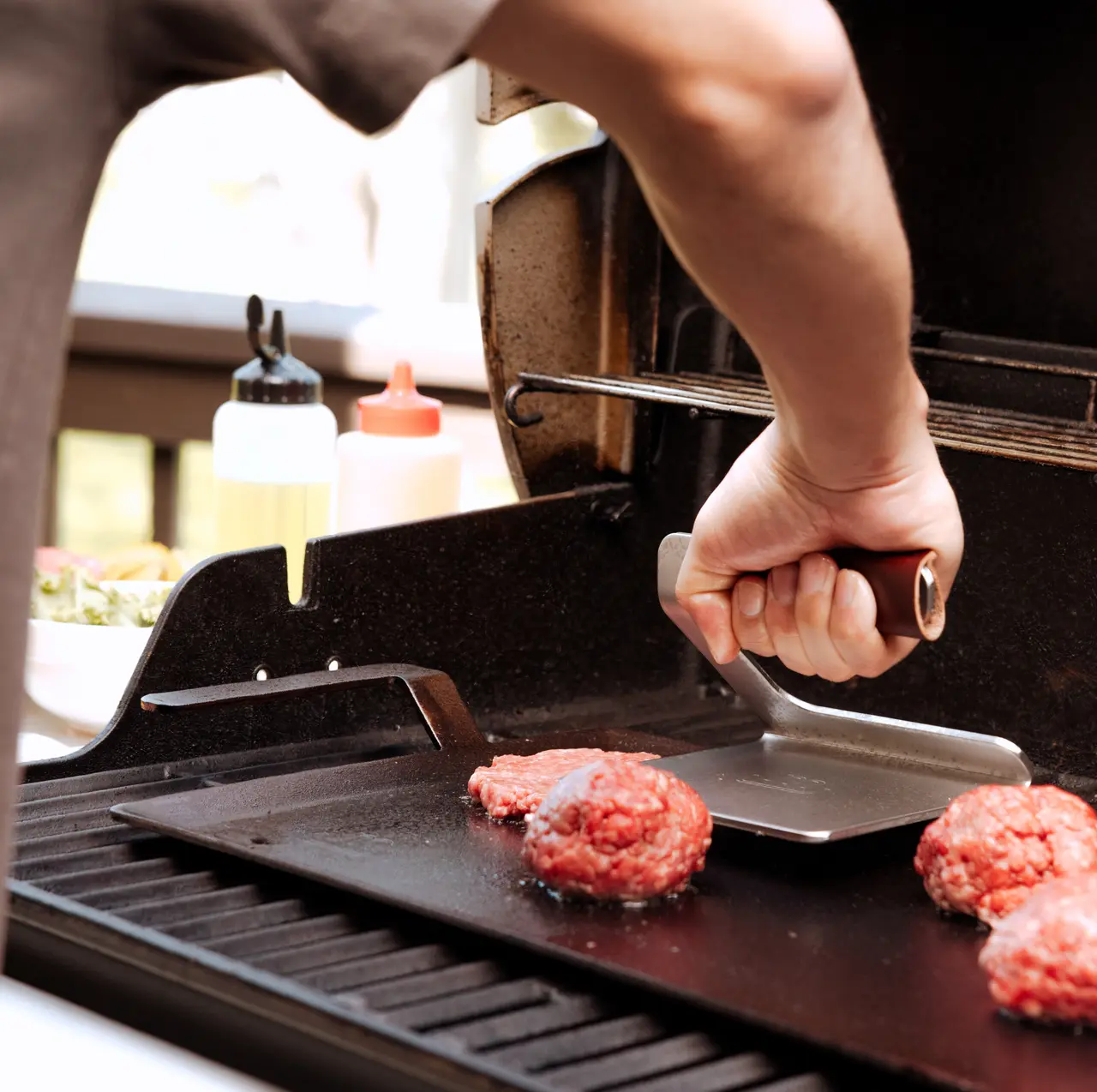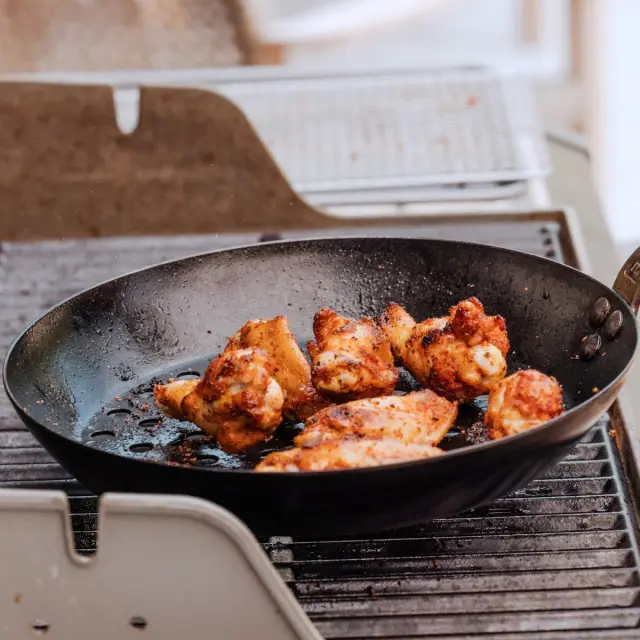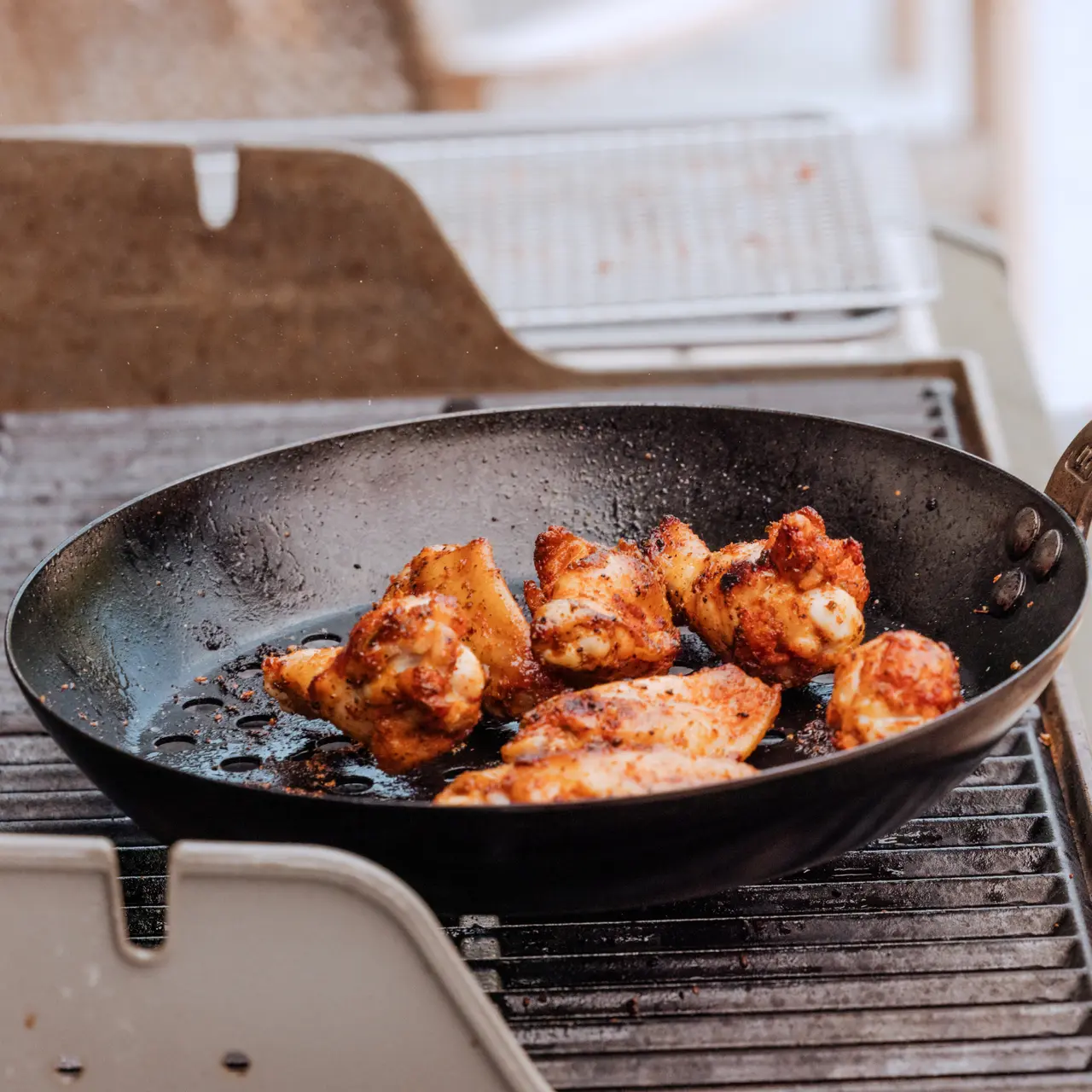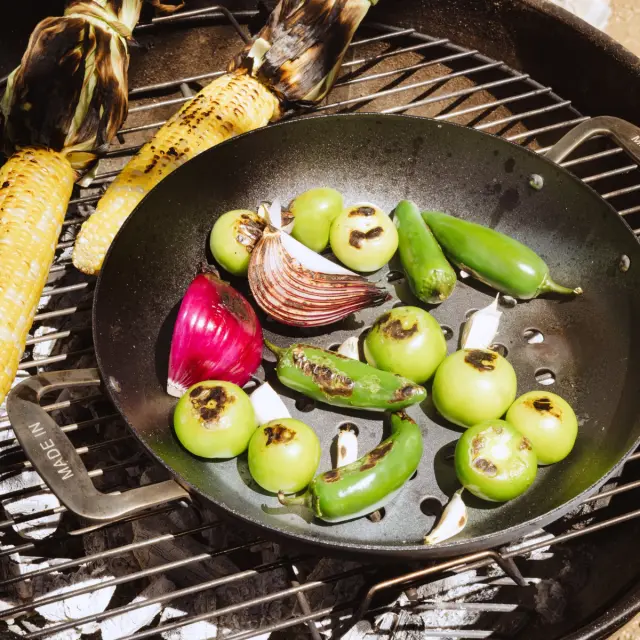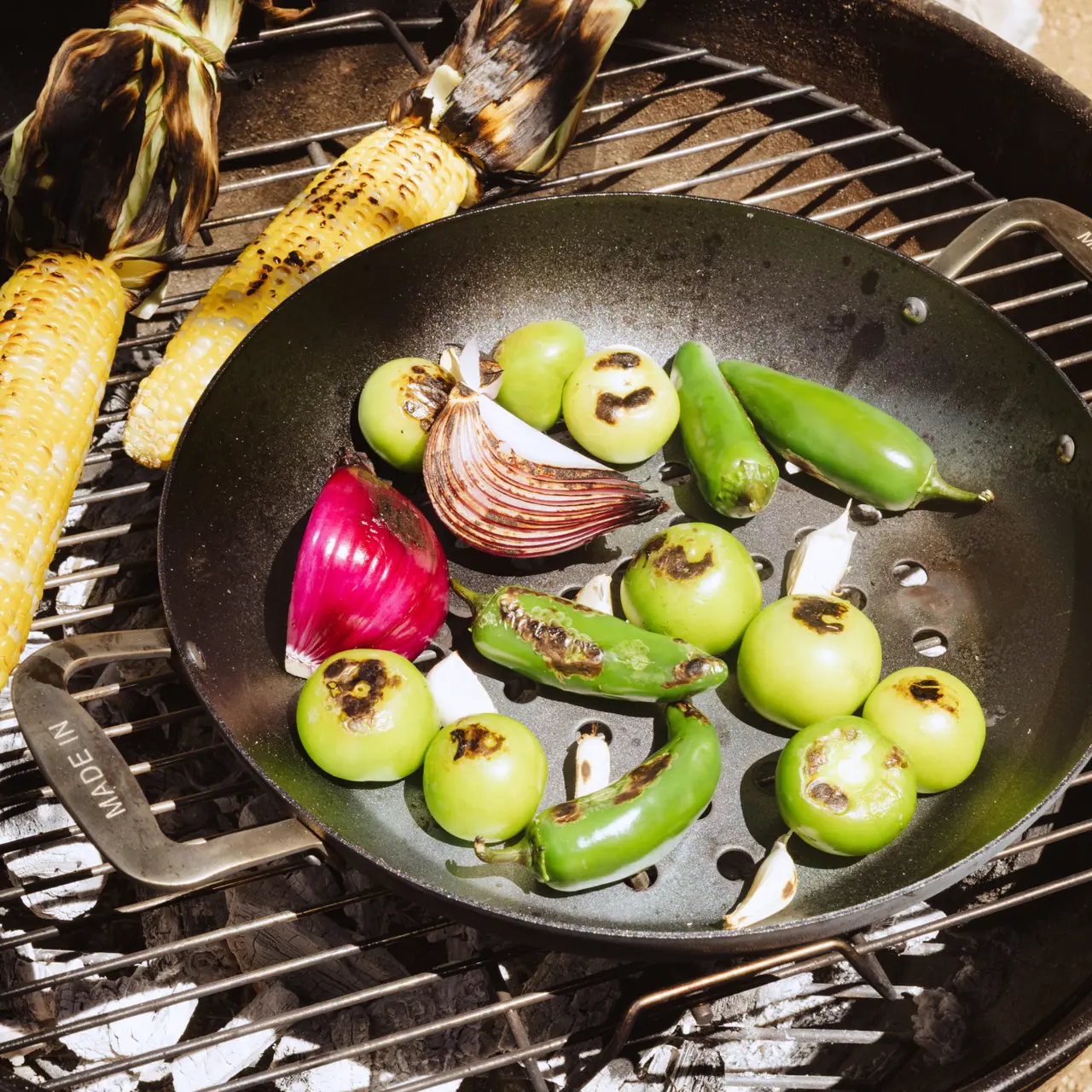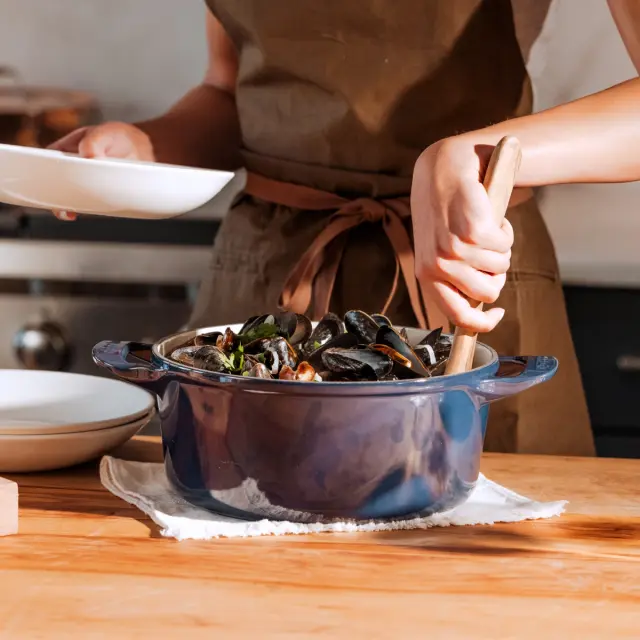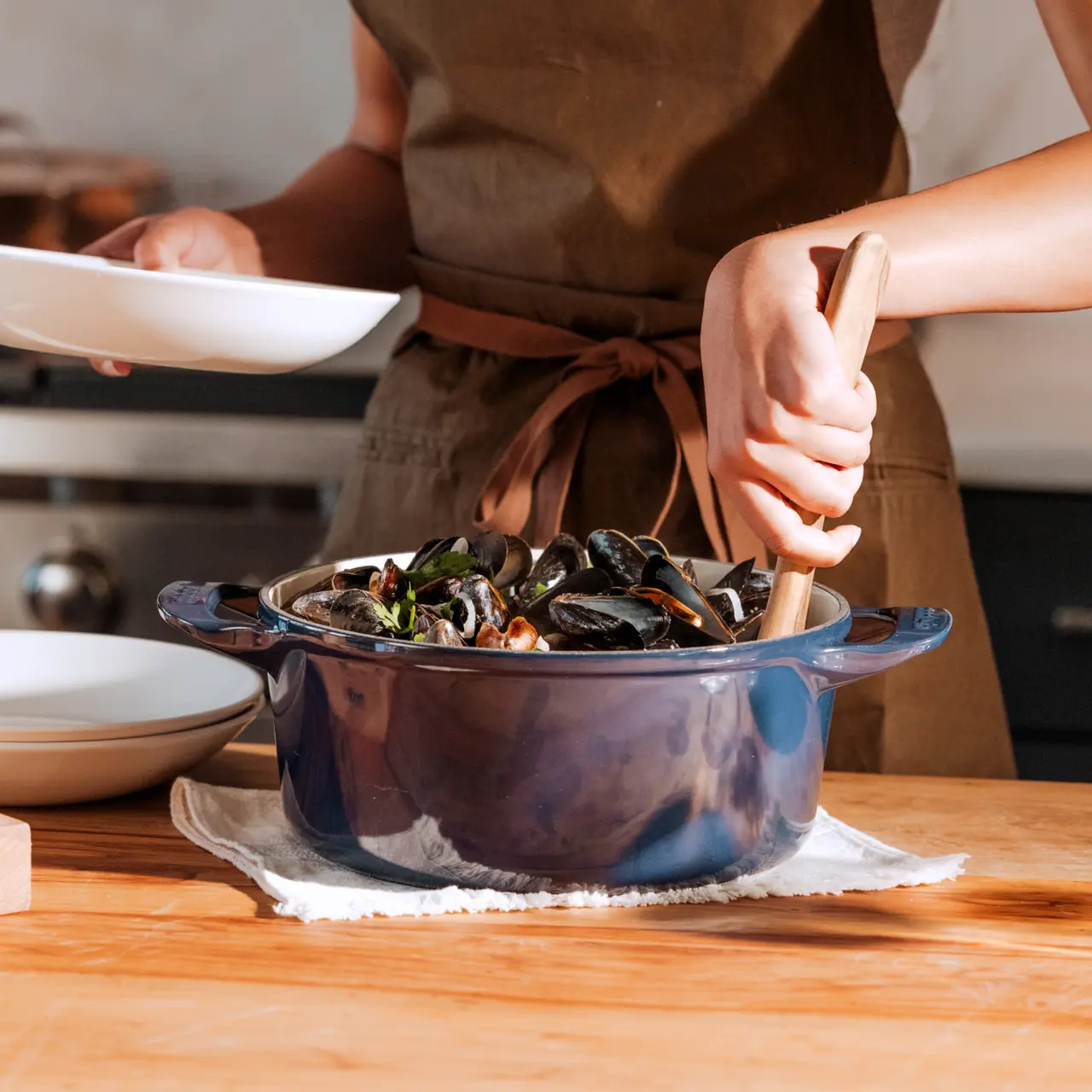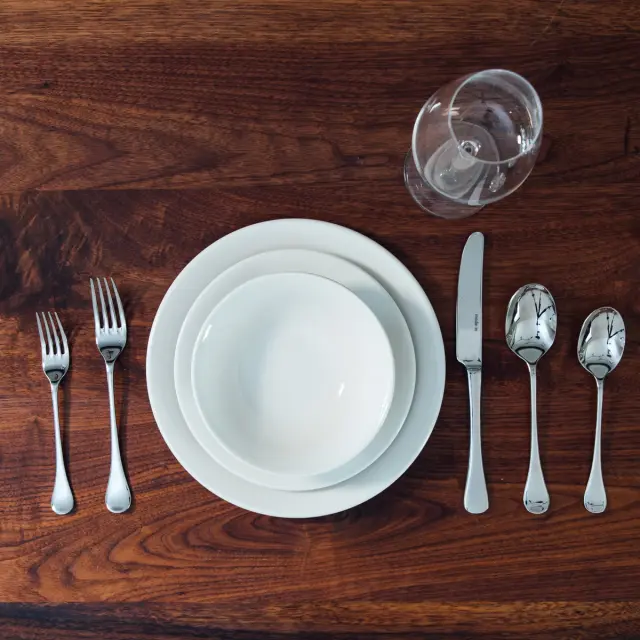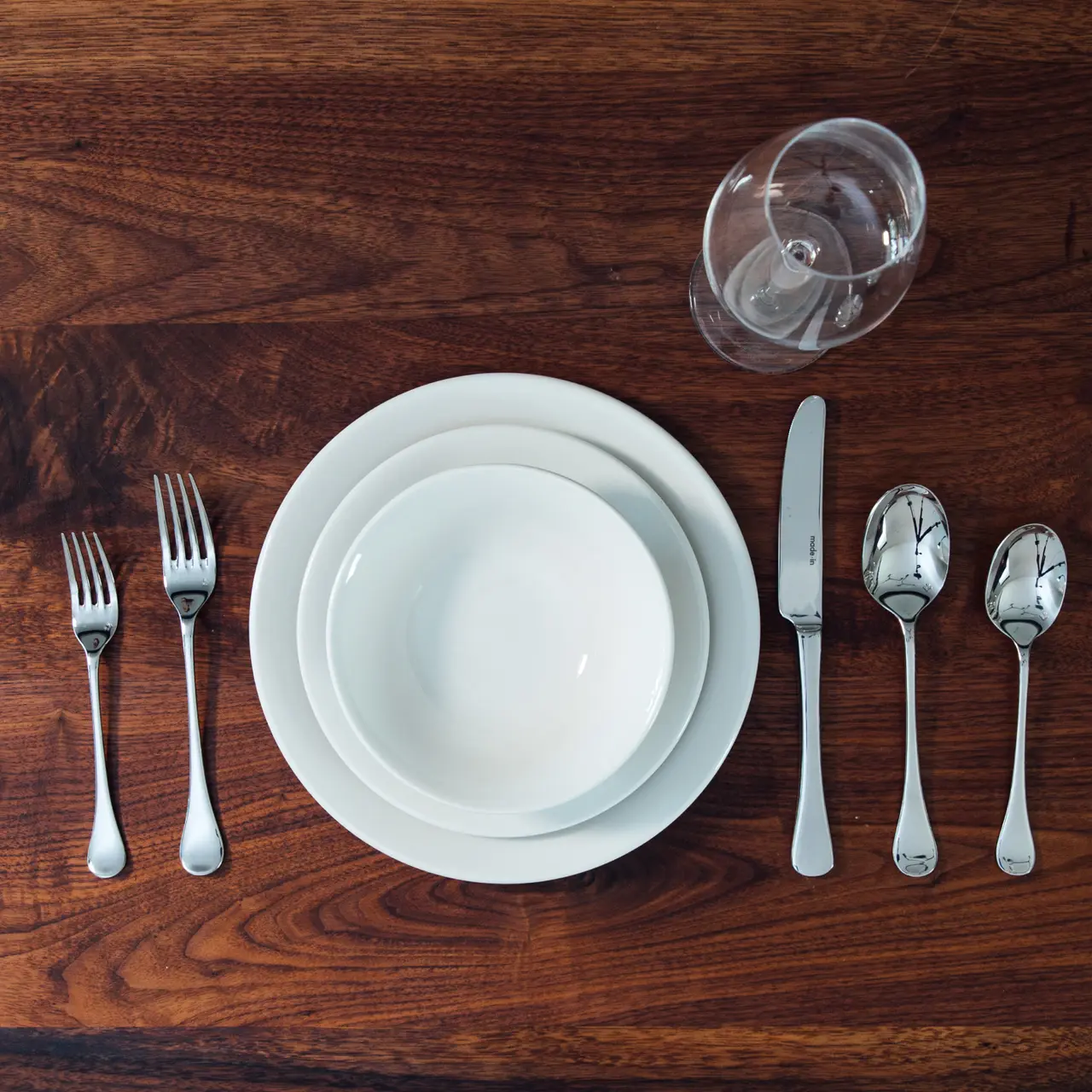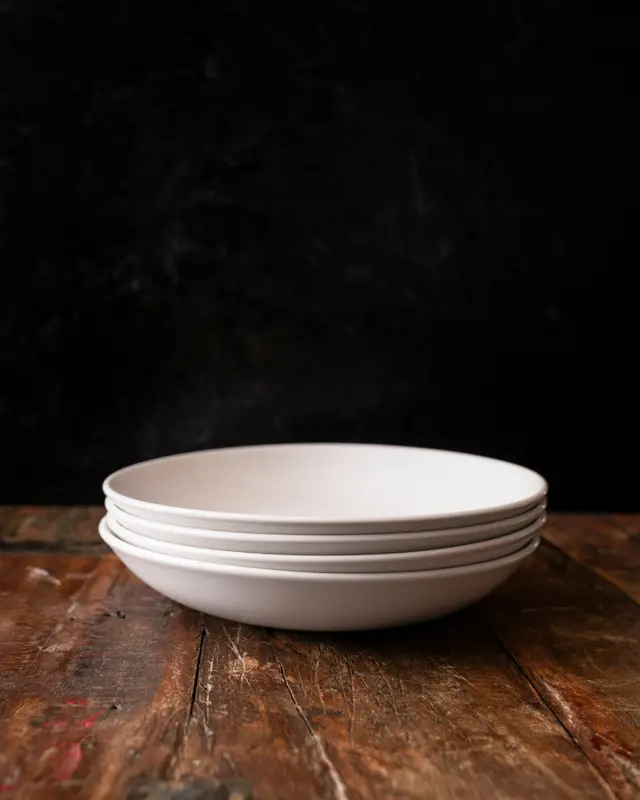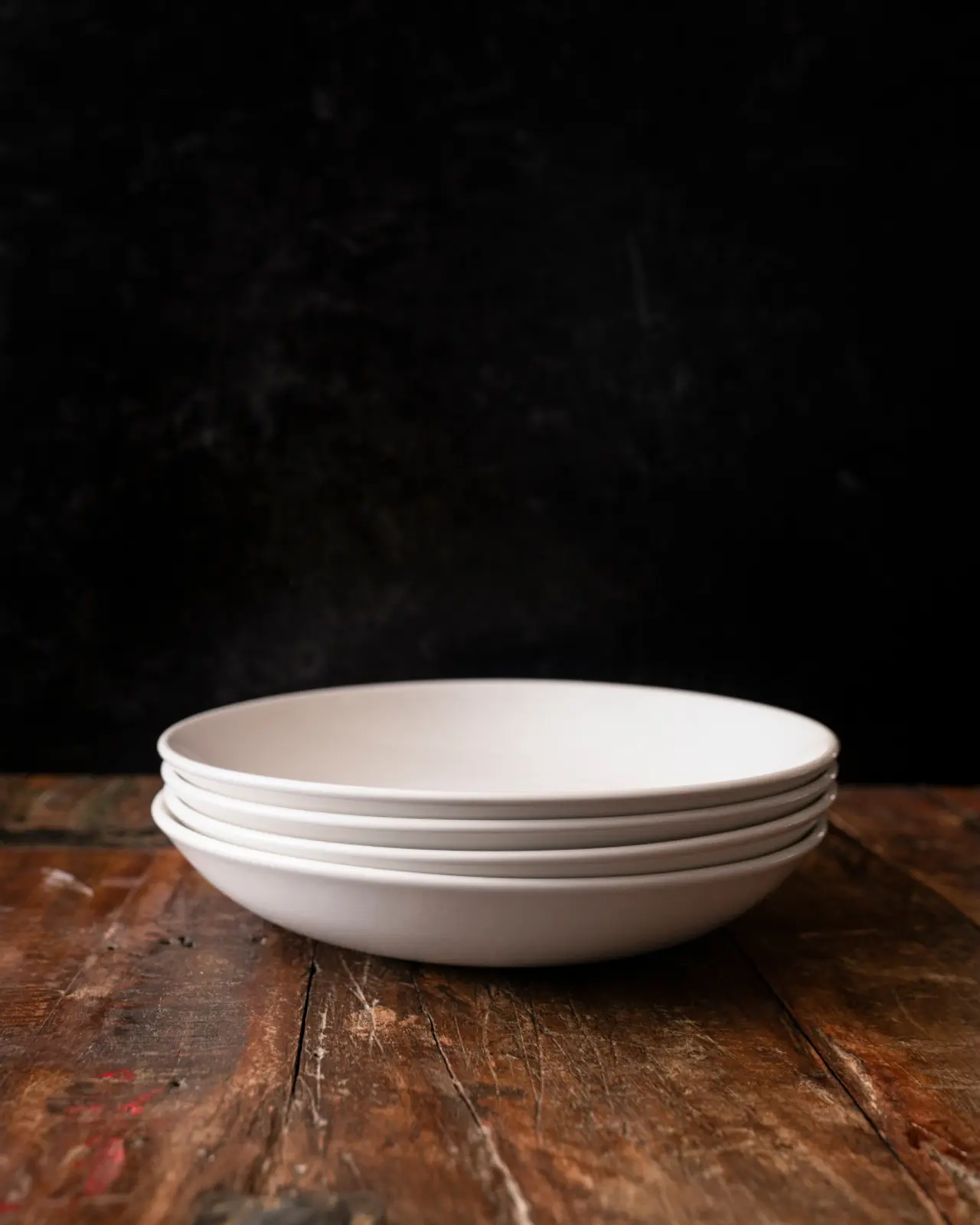Ceramic non stick cookware is relatively new to the market, but has quickly become a home cook favorite for its clean, easy-to-use build—especially those looking to avoid traditional non stick coatings. But if you've never cooked with ceramic before, it's normal to have questions about how it works, how long it lasts, and how to care for it properly.
To help, we’ve rounded up answers to the most frequently asked questions about our CeramiClad™ Non Stick Collection. Whether you're already cooking with it or still deciding if it's right for your kitchen, this guide has you covered.
- Is ceramic non stick safe?
- What’s the difference between ceramic and traditional non stick?
- How do I care for and maintain CeramiClad™?
- Can I use CeramiClad™ pieces on an induction cooktop?
- Is CeramiClad™ oven-safe?
- Do ceramic pans need oil or butter?
- Can CeramiCad™ be used on high heat?
- What utensils should be used with ceramic pans?
- Is CeramiClad™ dishwasher safe?
- Which CeramiClad™ pieces come with lids?
- How do I clean off stains or burnt-on food without damaging the coating?
- Ready to Shop?
1. Is ceramic non stick safe?

Yes. Our CeramiClad™ collection features our American-Made ceramic coating that is made without PFAS, PFOA, PTFE, lead, and cadmium, meaning it’s safe for cooking up to 550F. Check out our safety guide to understand exactly how safe it is.
2. What’s the difference between ceramic and traditional non stick?
The difference between ceramic and non stick cookware comes down to the type of coating. Traditional non stick pans use a long-lasting coating known for its durability and slickness, especially when cooking over low to medium heat. It’s a great choice for tasks like frying eggs, flipping pancakes, or reheating leftovers.
Ceramic non stick pans use a naturally derived coating made from sand. While it may not last as long as traditional non stick, it offers a more simplified, natural-based alternative that performs best with gentle cooking and proper care. Check out our guide to non stick vs. ceramic cookware to fully understand the differences.
3. How do I care for and maintain CeramiClad™?
To keep the non stick coating performing its best, always cook on low to medium heat, avoid sharp or metal utensils, and hand wash after each use. Let the pan cool before cleaning, and steer clear of cooking sprays or high-heat searing. With proper care and maintenance, the CeramiClad™ coating will stay slick and easy to clean for as long as possible.
4. Can I use CeramiClad™ pieces on an induction cooktop?
Yes, CeramiClad™ is induction compatible, as well as compatible with gas, electric, and glass topped stoves. Unlike most ceramic pans, CeramiClad™ is built with our Award-Winning, 5-ply, induction-optimized Stainless Clad base, so you get all the benefits of cooking with stainless steel no matter what cooktop you’re using.
5. Is CeramiClad™ oven-safe?
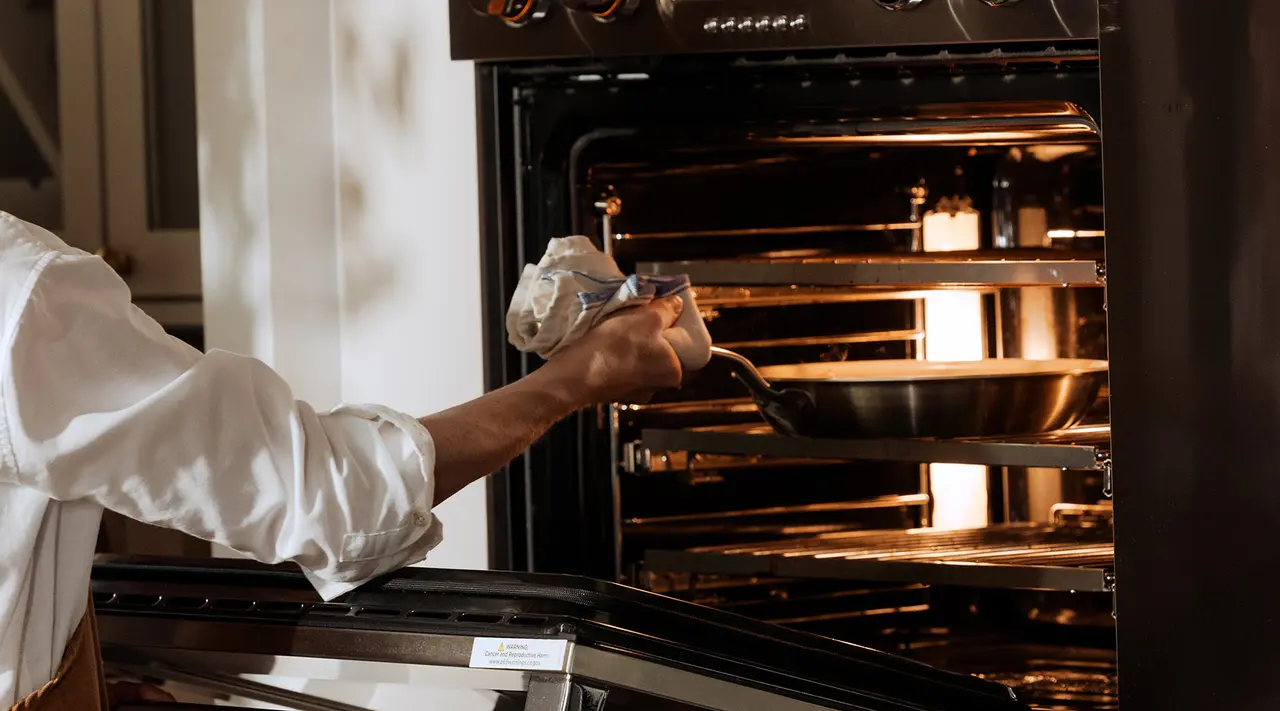
Yes, CeramiClad™ Non Stick is oven-safe up to 550°F. That makes it ideal for everything from baked frittatas to crispy-skinned salmon. Though it can handle higher heat, it should rarely need to be used at a temperature higher than medium-low.
6. Do ceramic pans need oil or butter?
Ceramic non stick doesn’t require oil or butter to prevent sticking, but adding a small amount can enhance flavor and help with browning. If you do choose to cook with fat, a little goes a long way.
For best results, avoid preheating an empty pan and skip aerosol cooking sprays—these can leave behind residue that may degrade the coating over time.
7. Can CeramiCad™ be used on high heat?

Ceramic coatings are sensitive to extreme temperatures, so cooking over high heat can cause the non stick layers to degrade faster. For best results, stick to low or medium heat.
8. What utensils should be used with ceramic pans?
We recommend sticking to wood, silicone, or plastic utensils when cooking with CeramiClad™. Sharp-edged metal utensils can scratch or chip the ceramic surface, which shortens the life of the pan.
9. Is CeramiClad™ dishwasher safe?
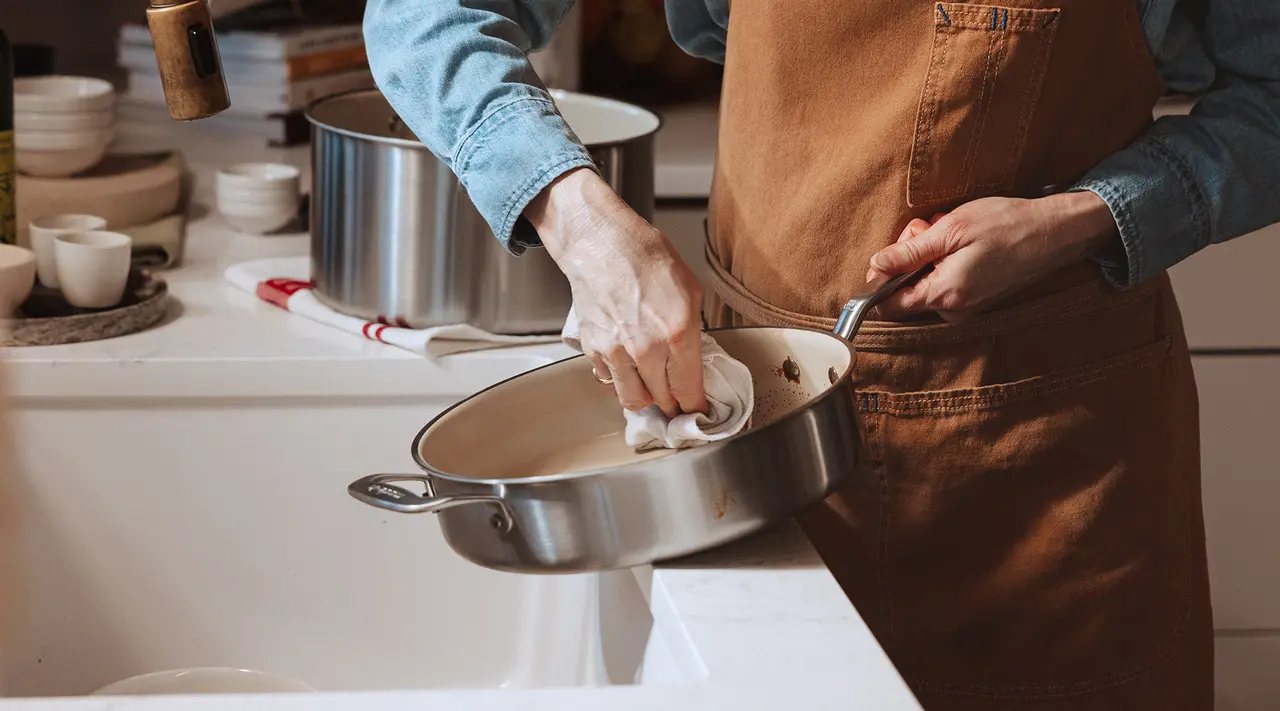
We strongly recommend hand-washing CeramiClad™ Cookware with a soft sponge and mild dish soap over putting it in the dishwasher. The high heat, water pressure, and chemicals used will all quickly degrade the coating, while gentle and regular hand washing will keep the coating in good shape long-term.
10. Which CeramiClad™ pieces come with lids?
All CeramiClad™ pieces (Saucier, Saucepan, Stock Pot, and Saute Pan) except for the Frying Pan come equipped with a tight-fighting stainless steel lid. If you need a lid for the frying pan, our Universal Lid is designed to fit all standard fry pan sizes.
11. How do I clean off stains or burnt-on food without damaging the coating?
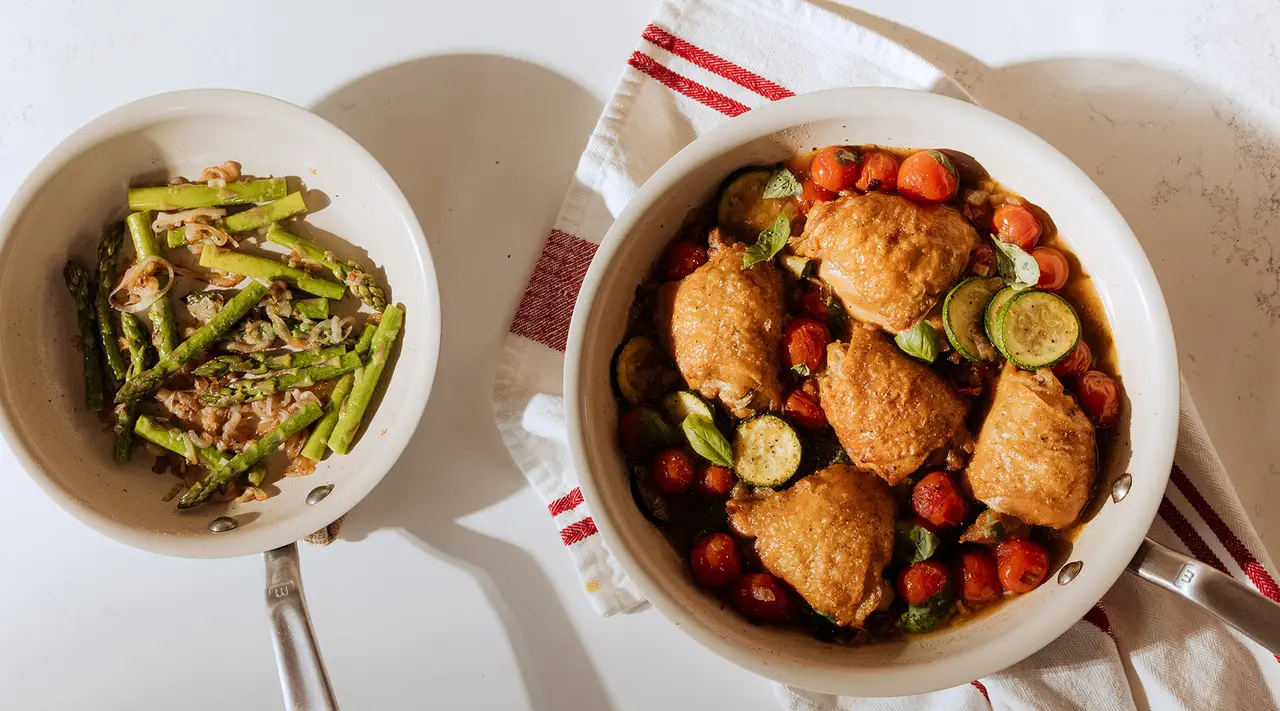
For stuck-on or burnt messes, follow these steps to avoid damaging the ceramic coating:
- Mix together a 1:1 ratio (we suggest roughly 2 tablespoons each) of white vinegar and baking soda, then gently scrub with a sponge or dishcloth to create a paste. For lighter stains or smaller burns, this should do the trick—but if you're working with something more stubborn, progress to the next step.
- Add a few tablespoons of water to the mixture and bring to a simmer over medium-low heat, using a silicone or wooden spatula or spoon to gently agitate until baking soda is dissolved. Allow the mixture to simmer until you’ve managed to loosen any residue.
- Once the residue is loosened, let the pan cool completely. Discard the mixture and rinse the pan out with warm water, then wash with warm soapy water as per standard care instructions before drying.
Ready to Shop?
Whether you're new to ceramic cookware or just want to make sure you're using it correctly, we hope this guide cleared things up. With proper care and a little know-how, CeramiClad™ Non Stick Cookware will be well on its way to being one of the easiest and most enjoyable pans in your kitchen.
Still have questions? Explore our entire Non Stick Cookware Collection to find the right fit for your cooking style.
